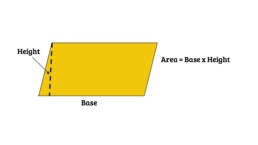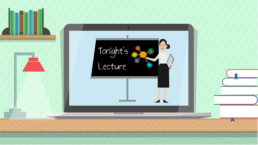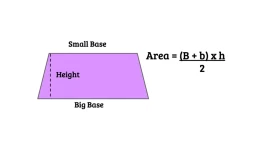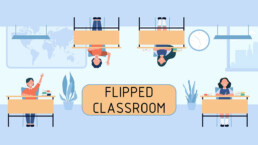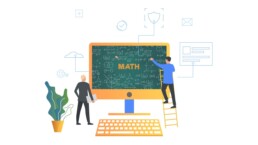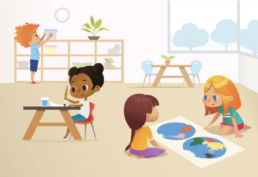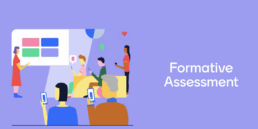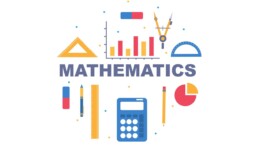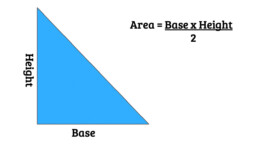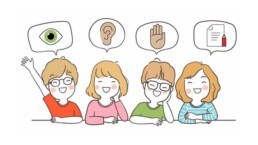Flipped Learning – How Flipped Learning Promotes a Growth Mindset
Introduction
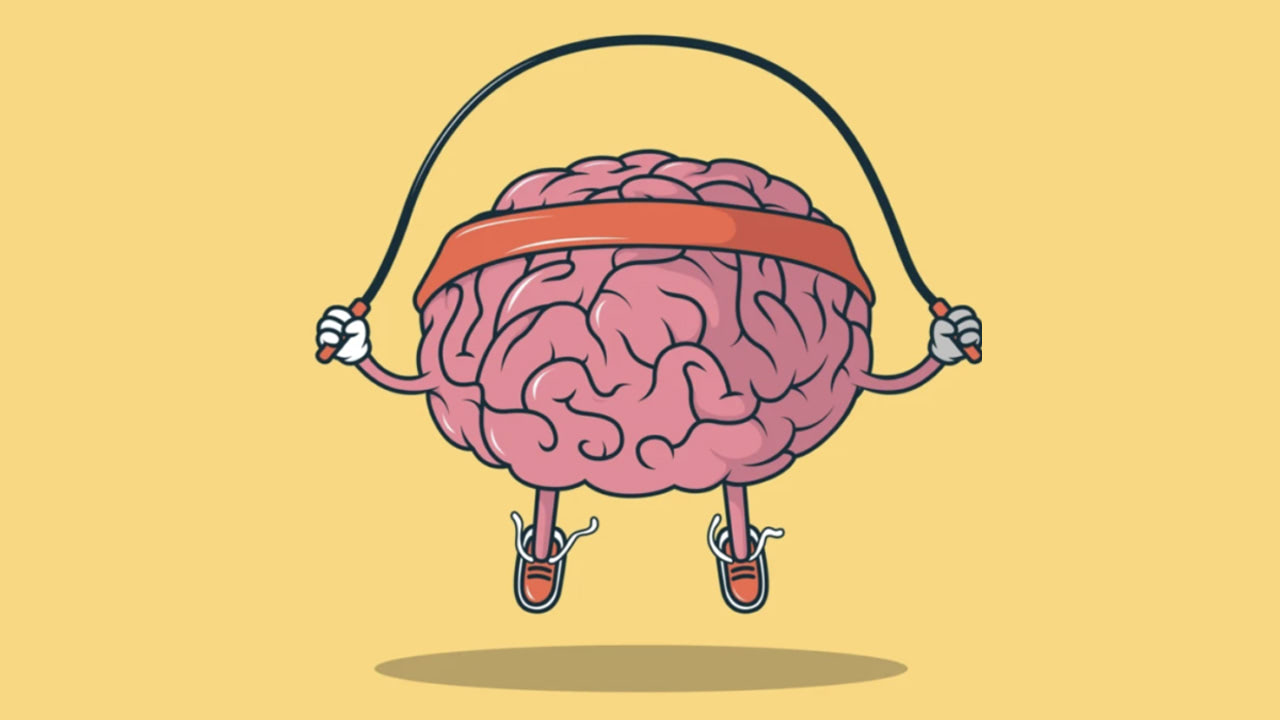
A growth mindset is the belief that intelligence and ability can be developed over time. This is in contrast to a fixed mindset, which holds the belief that intelligence and ability are inherent traits that cannot be changed.
Advocates of Flipped Learning often promote a growth mindset as one of the key benefits of the instructional approach. It teaches students the importance of perseverance and hard word.
In this post, we’ll explore how Flipped Learning supports a growth mindset and why that matters for students.
Why A Growth Mindset Matters
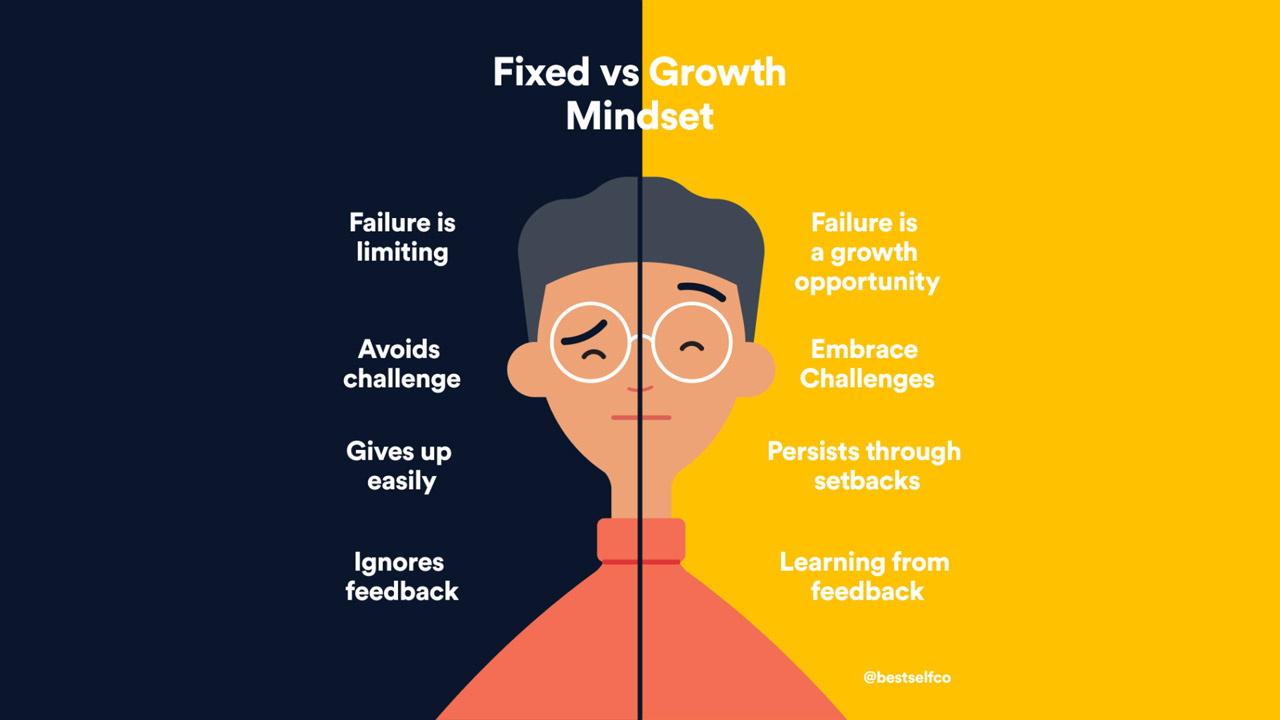
A growth mindset is the belief that intelligence and other personal qualities can be developed through hard work, good strategies, and perseverance. People with a growth mindset see failures as opportunities to learn and experiences that can lead to eventual success.
The research of Carol Dweck and others has shown that a growth mindset leads to greater motivation, improved performance, and increased resilience in the face of setbacks. People with a fixed mindset are more likely to give up in the face of difficulty, whereas people with a growth mindset are more likely to view difficulties as challenges to overcome.
For educators, teaching a growth mindset is essential for helping students thrive in school and in life. When students believe that they can improve their skills through effort and practice, they are more likely to persevere when encountering difficulties. As a result, they are more likely to experience academic success and reach their full potential.
How Flipped Learning Promotes a Growth Mindset
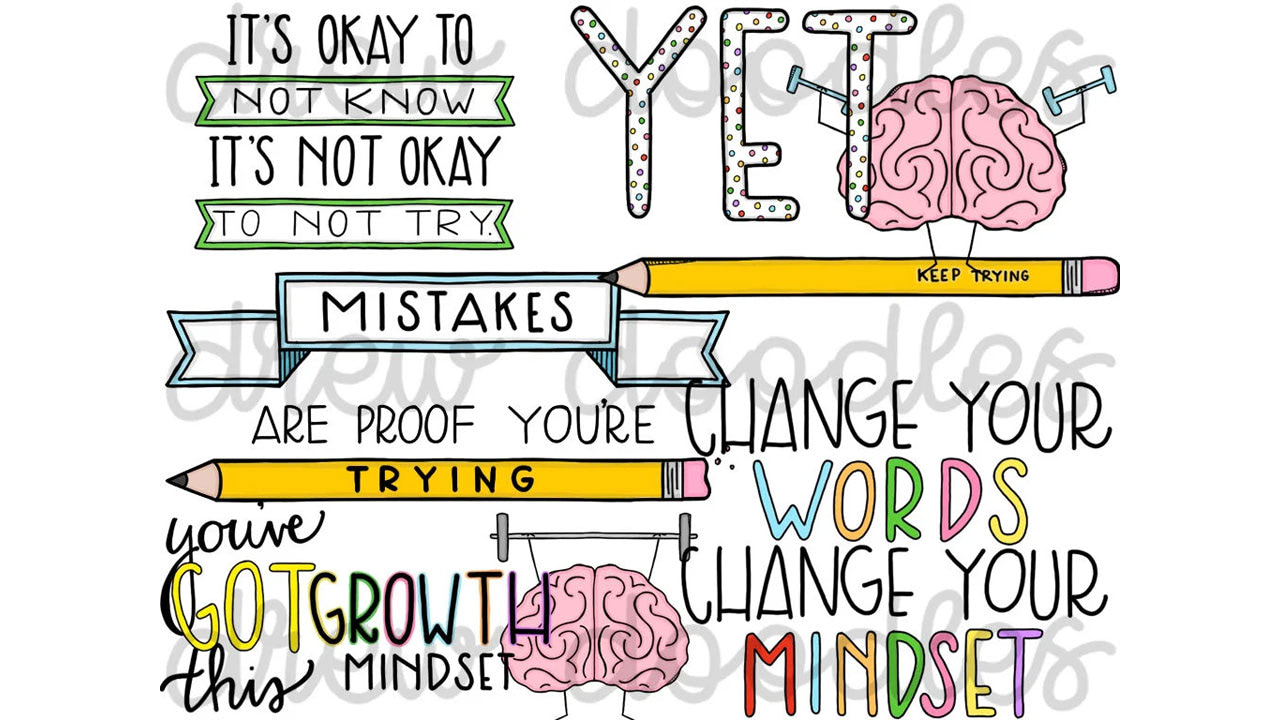
Flipped learning can promote a growth mindset in several ways.
First, the Flipped Learning appoarch gives students more control over their learning. When students are able to direct their own learning and make decisions about how they want to consume content, they feel more empowered and motivated. This sense of ownership can lead to increased effort and engagement.
Second, Flipped Learning provides opportunities for frequent feedback. Students receive immediate feedback on their understanding of concepts when they are working through problems collectively with classmates. This feedback helps them identify areas of strength and areas in need of improvement so that they can adjust their learning strategies accordingly.
Finally, Flipped Learning often incorporates flexible grouping structures, which give all students a chance to learn from one another regardless of ability level. When students see themselves as part of a community of learners, they are more likely to take risks and to view mistakes as an opportunity for growth. Consequently, incorporating Flipped Learning into your classroom can help create a positive environment where all students feel challenged, supported, and capable of success.
Conclusion
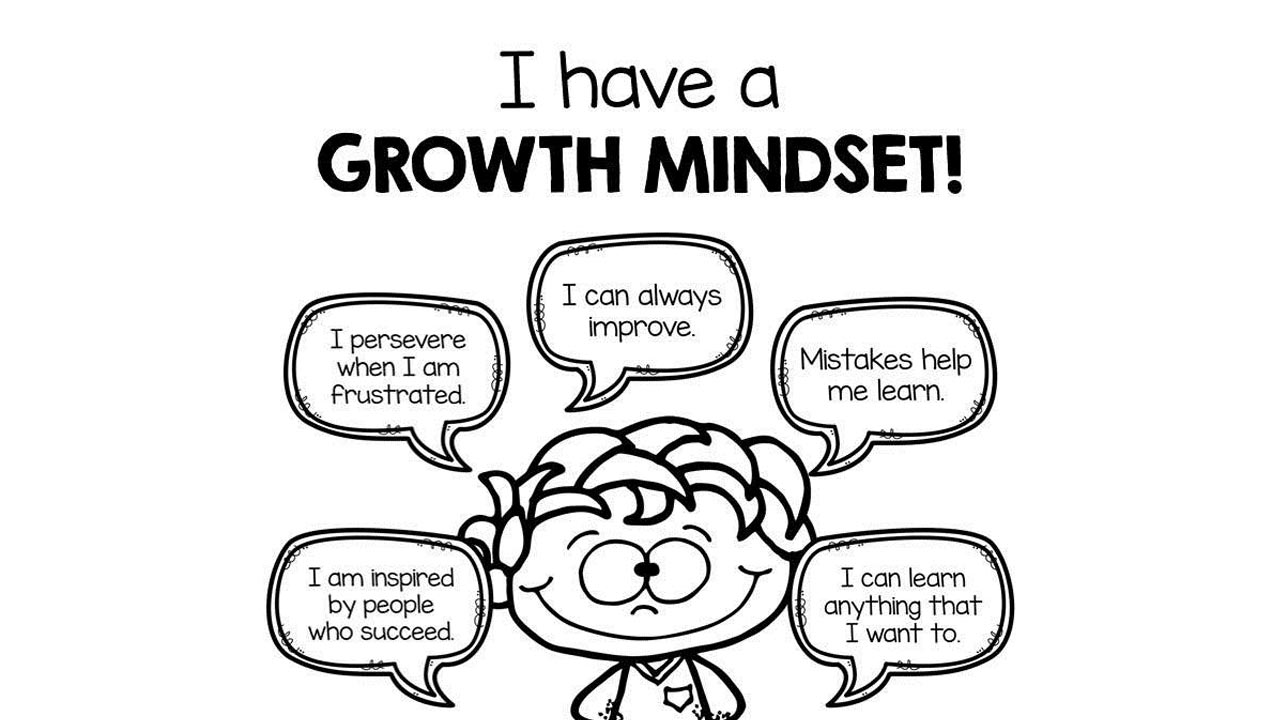
By understanding how Flipped Learning promotes a growth mindset, you can help your students develop into resilient lifelong, learners who are prepared for success in school and in life.
If you want your students to develop a growth mindset, consider flipping your classroom! When students are responsible for their own learning and are given opportunities to struggle in a safe environment, they become more resilient learners. Give Flipped Learning a try in your classroom today!
